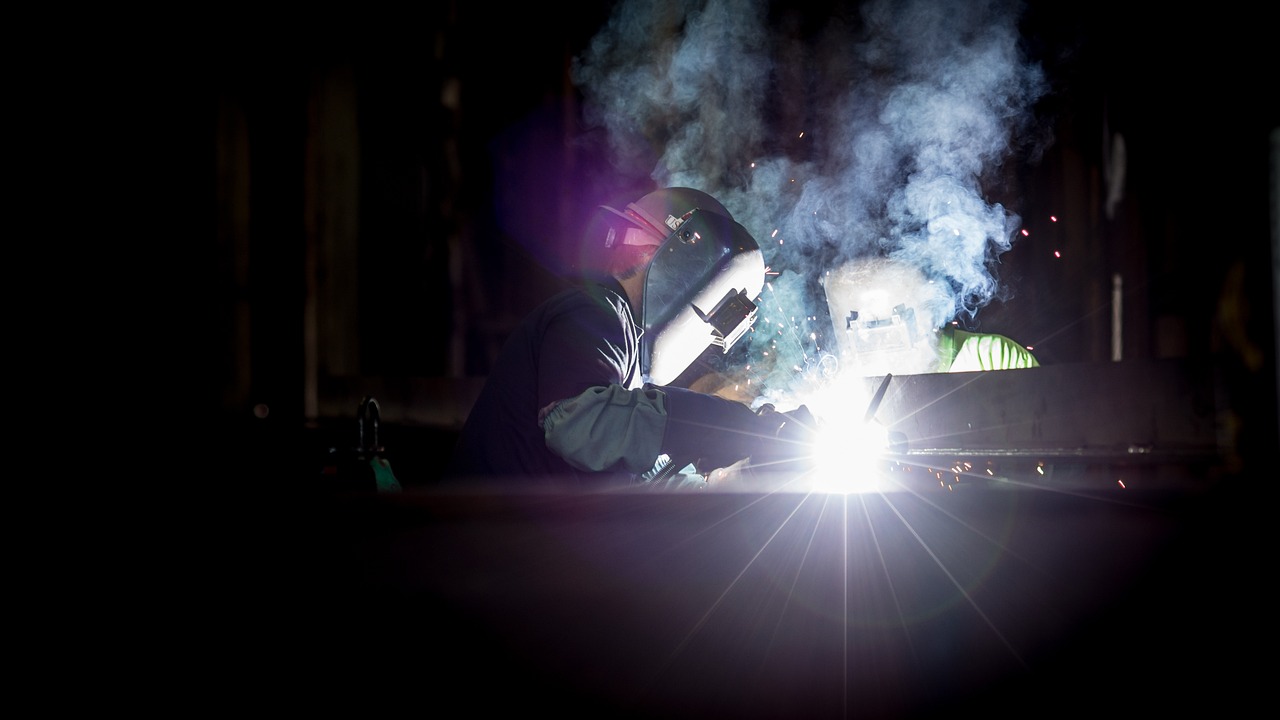In the wake of new safety regulations from Safe Work Australia, Australian’s are called to update their practices to adhere to stricter welding fume safety standards. These pivotal changes, which were agreed to on the 18th of January 2024, are not just about legal compliance—they reflect a profound commitment to safeguarding health.
Here’s what the new standard means for your business:
Tighter Exposure Limits Mean Stricter Controls
Previously, the acceptable exposure level to welding fumes was at a 5 mg/m³ limit over an eight-hour time-weighted average. Now, this has been drastically reduced to 1 mg/m³. This significant decrease is a call for the necessity of rigorous air quality management and monitoring within the workplace.
Mandatory Atmospheric Monitoring
With the looming ambiguity on whether the exposure standards might be exceeded—or if there’s a health risk—employers are now mandated to conduct atmospheric monitoring. This measure aims to give a clearer understanding of the present hazards and the effectiveness of the current control measures in the workplace.
At CETEC, we’re equipped with a team of seasoned occupational hygienists, engineers and scientists who can assist your business to not only meet these standards but to champion a culture of safety and health.
Is Your Organization Equipped for Compliance?
The upcoming deadline should serve as a catalyst for revisiting and enhancing your existing safety systems. Whether you’re in construction, manufacturing, or other industries where welding is essential, taking prompt action is crucial.
Looking for a comprehensive assessment of your welding fume exposure levels? Connect with us through our ‘Contact Us’ page.
Understanding the Nuances of Atmospheric Monitoring
The regulatory requirements outline that atmospheric monitoring should include both personal and static air assessments, with a strong preference for personal monitoring. Only then can results be directly benchmarked against the stipulated standards.
Consequently, data documenting of welding processes, implemented controls, and detailed exposure logs become integral to interpreting results accurately and assuring compliance.
Immediate Reductions and Legal Underpinnings
The consensus among Work Health and Safety Ministers to reduce the TWA from 5 mg/m³ to 1 mg/m³ isn’t arbitrary—it’s a proactive stance informed by the risks proven to be associated with prolonged exposure to welding fumes.
Thus, integrating the changes into Commonwealth law, along with state and territory WHS/OHS laws, is no longer optional—it’s mandatory. Ensuring workers’ safety, particularly from occupational lung diseases like lung cancer, must be paramount.
The Role of Business and Code of Practice
Businesses, are tasked with the critical role of minimising chemical exposure risks and maintaining an environment where airborne contaminants don’t exceed the WES list values. Welding fumes, known for their chemical complexity, have several components with their individual WESs, all of which need to be strictly observed.
The model Code of Practice: welding processes, along with resources from the Safe Work Australia website, provide substantial guidance for navigating these new standards and managing the risks associated with welding processes.
Adapting to these new regulations is far more than a compliance checklist—it’s an investment in the well-being of every individual whose labor is often unseen yet indispensable. Your actions today will pave the way for not only a safer tomorrow but an enduring culture of health-conscious and ethical practices.
Remember, complying with new standards doesn’t have to be daunting. CETEC is here to test and advise you through every step. Connect with us, and together, we’ll ensure that your operations are safe, secure, and compliant.
Is your team prepared for the changes? What steps have you taken towards compliance? Share your thoughts and experiences with us.



